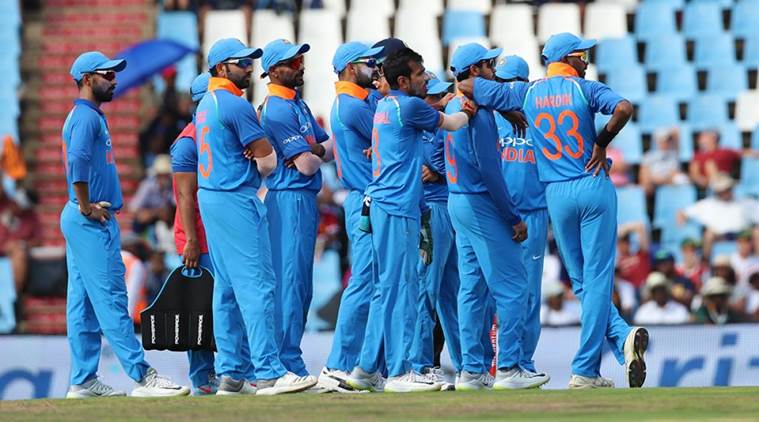 India’s media rights for 2018-2023 will be up for auction. (Source: BCCI)
India’s media rights for 2018-2023 will be up for auction. (Source: BCCI)
BCCI will award media rights for the next broadcast cycle – 2018 to 2023 – for international bilateral cricket in India on April 3. This is not the first time that the high-octane bidding process and big money process will invite the biggest media outlets but what sets this one apart is that this will be the first time in sports that media rights will be sold via an online auction. In the past, the process was done behind closed doors and remained a hush-hush affair. This time, however, BCCI under the management of chief executive Rahul Johri and Committee of Administrators (CoA) are making the process transparent. In fact, making the bidding process transparent and usage of E-auction was one of the recommendations of the Justice Lodha committee. Here are the key details of the E-Auction.
What is an e-auction?
In an e-auction, interested parties file their bids through an online portal. Contrary to the process of a closed-bid, which was followed by BCCI in the past, the potential companies file incremental bids till their competitiors drop out. The highest bidder remaining gets awarded the ownership of the rights.
Why are the BCCI going for an e-auction?
Many critics believed the closed-bid auction was vulnerable to rigging and there were doubts over the fairness of the process. To erase all doubts, CoA-led BCCI have opted for the e-auction – something that was suggested by the Justice Lodha committee – to keep things transparent. With the e-auction model, it can also fetch BCCI a higher share of the media rights due to the attractiveness of the Indian cricket team’s matches in the country.
How many companies are in the running?
Six companies from across the world have bought the bid documents from BCCI. They are: Star India, Sony Pictures Network India (TV broadcast), Facebook, Google, Reliance Jio and Yupp TV are keen on acquiring the digital media rights. On April 3, BCCI will evaluate the technical and financial feasibility of all companies before the bidding process officially begins at 2 PM IST.
What is the contract period for the rights?
The period for the next media rights is between April 15, 2018 and March 31, 2023 and is for the home internationals for both men and women. It will also include domestic matches.
What are the categories for the bidding process?
There are three categories that are up for grabs. First, the Indian television rights cum rest of the world digital rights (GTVRD; second, digital rights for the Indian subcontinent (ID) only, and thirdly, the global consolidated rights (GCR) comprising the television rights for the Indian subcontinent, rest of the world and the worldwide digital rights. The purpose behind such divisions is due to the fact that during a bilateral series, the global interest is limited to the team playing against India.
What is the base price for each match in these categories?
There are two different base prices or per-match-values (PMV): one for the 2018-19 season and then for the remaining four seasons. The reason for the split is due to the fact that ICC’s new Future Tours Programme (FTP) would start after the 2019 World Cup. For the 2018-19 season, the PMV for the GTVRD is Rs 35 crore, Rs 8 crore for ID and Rs 43 crore for GCR. For the next four seasons, the PMV for the GTVRD package is Rs 33 crore, Rs 7 crore for ID and Rs 40 crore for GCR.
How many international matches are up for grabs with the media rights?
BCCI has listed a total of 102 matches which will be part of ICC’s FTP from June, 2018 to March, 2023. During this period, India will play 22 Tests, 45 ODIs and 35 T20Is against nine teams barring Pakistan and Ireland. The key and highlight series will be the five-Test series against England in 2021 and four Test match series against Australia in 2023.
In case the bidding process continues, what are the values of the incremental bids?
All three packages have different incremental bids. For GTVRD, it will be Rs 20 crore per bid, for ID it is Rs 5 crore and for GCR it is Rs 25 crore.
How will the e-auction process work?
The highest bids from all three categories will be flashed live simultaneously on the screen. The interested parties will need to file the highest amount they would want to pay per season along with the break-up by category. The names of the interested bidders will not revealed so as to ensure rivals cannot bump prices such as Star India against Sony.